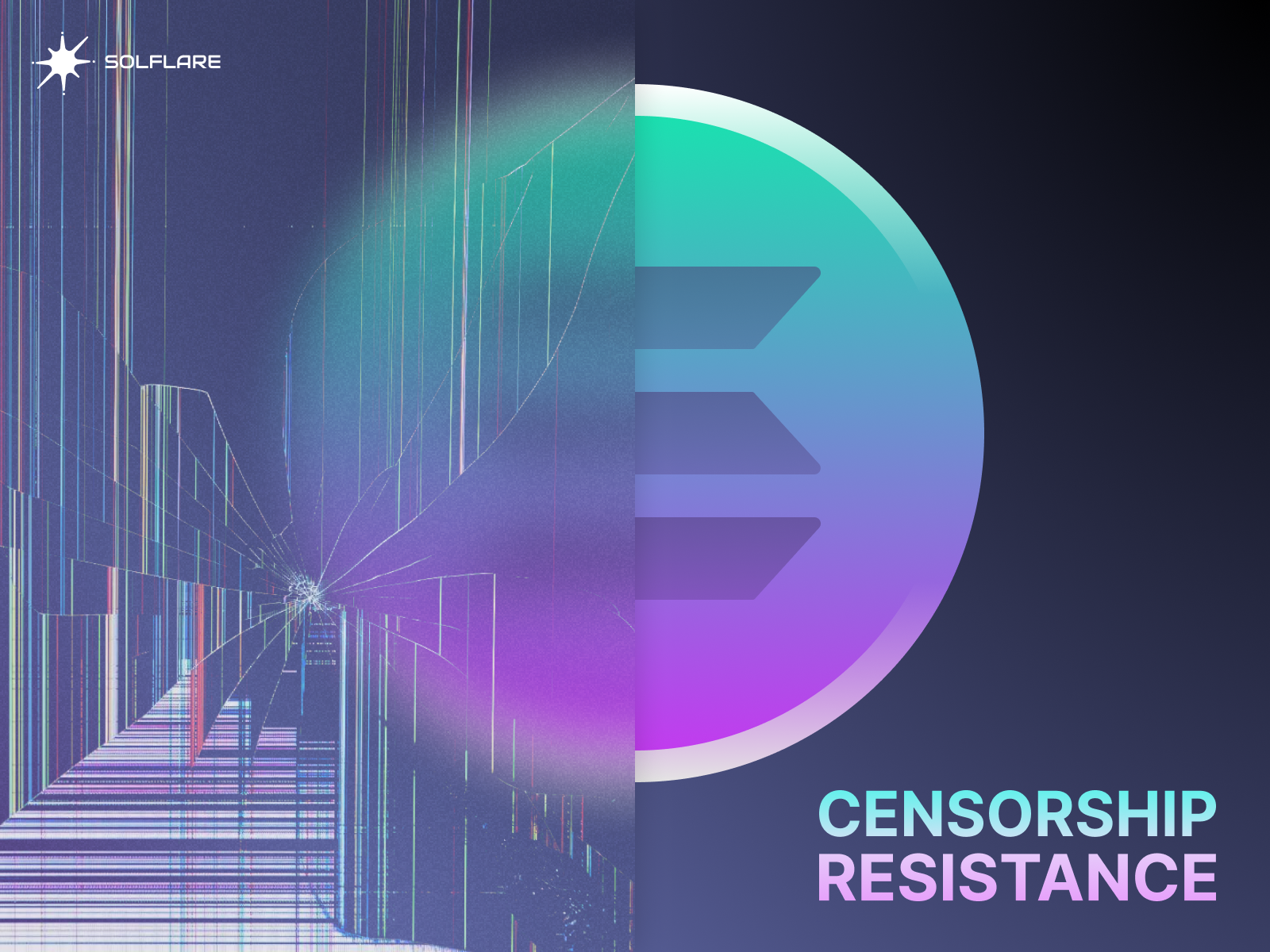Raydium Spotlight

Raydium is one of the premier applications built on the Solana blockchain. They’ve leveraged Solana’s fast transaction speeds and cheap fee structures to introduce a robust suite of DeFi products with integrations from Project Serum.
Along with a user-friendly trading interface, Raydium offers yield farms, liquidity pools, an AcceleRaytor launchpad, and a new NFT launchpad called DropZone. Raydium’s governance token is RAY, and at the time of writing, it is the 127th largest cryptocurrency by market cap. Due to its high-quality product offerings and reliability, Raydium has quickly become one of the cornerstones of the Solana ecosystem.
While Raydium deserves a complete breakdown, the focus of this article will be on their AcceleRaytor launchpad feature.
Context
Some of the most important financial innovations of recent memory are found in the novel fundraising practices that have been implemented in the crypto industry. The benefits of these innovations are undeniable, although some of the most important financial innovations of recent memory are found in the novel fundraising practices implemented in the crypto industry. These innovations include Gitcoin’s quadratic funding mechanism, NFT raises, IEOs, IDOs, and even airdrops. Given the amount of money involved, the lack of transparent regulation, and the open-source nature of blockchain technology, there has been a fair amount of bad behavior over the years; however, the benefits of these new practices greatly outweigh their costs.
In traditional financial markets, companies have been confined to a limited amount of fundraising options such as IPOs, SPACs, private equity, and venture capital. These have very high barriers to entry. Some of these barriers are due to companies having to conform to the time-consuming and costly Securities laws that the SEC imposes for any fundraising activities. Some of them are confined to the United States’ antiquated Accredited Investor laws which generally prohibit anyone with less than $1 million in assets (aside from their primary residence) from participating in risky investments like Venture Capital. Launchpads are akin to Venture Capital Seed rounds and are powerful platforms for new projects to fund operations by bootstrapping liquidity with nearly no barrier to entry.
They allow anyone from around the world to pseudonymously invest in the seed round of a project’s public token offering simply by connecting a non-custodial wallet to a launchpad platform. Although these decentralized fundraising options have opened the door for several nefarious market participants and rug-pulling token releases to occur, the value of enabling anyone to fulfill the role of an accredited investor and for any project to bootstrap their fundraising efforts is undeniable. Rug pulls refer to the deliberately harmful act of developers abandoning a project and running off with the accumulated funds or selling pre-mined token allocations.
Solrise utilized Raydium’s AcceleRaytor to bootstrap our funding through an IDO (Initial DEX offering) while simultaneously partaking in an IEO (Initial Exchange Offering) on FTX. Pseudonymous investors on Raydium and KYC-verified investors on FTX were able to subscribe to allocations of SLRS, Solrise’s native token, which serves a number of purposes across Solrise’s decentralized investment platform.
Investor Eligibility
While the barriers to entry have been drastically reduced with the onset of launchpads, they are not zero. To understand how to participate in a launchpad’s activities, an investor will need to know how to generate a non-custodial wallet, onboard fiat and convert it into cryptocurrency, and follow the rules of participating in a decentralized funding effort.
Raydium, for example, requires users to have a specific amount of their native currency, RAY, staked for a particular amount before an investor is eligible to partake in an IDO. For a detailed explanation of the AcceleRaytor process, check out Raydium’s documentation here.
Raydium uses an algorithmically governed lottery system for most of its allocations. This lottery grants a random assortment of those with staked RAY tokens to be eligible to participate in oversubscribed IDOs. The more RAY you have staked, the higher your chances of obtaining a ticket, and the more tickets you have, the higher your chances of participating in the lottery.

As you can see in the screenshot of Raydium’s previous IDO launches, each has been very oversubscribed. This lottery process becomes a great way to decentralize the distribution of newly introduced tokens.
In the case of Raydium’s most recent IDO, Star Atlas, there was an additional token allotment for investors who provided liquidity to Raydium’s Fusion Pools.
Project Eligibility
As stated earlier, several projects have exploited the free nature of launchpads and decentralized funding mechanisms. Raydium is well aware of that and is implementing a DAO model governed by RAY holders who will have a say in what projects are deemed eligible for the AcceleRaytor, among other areas of control within the platform.
Upcoming Raydium IDOs
Solana’s breakneck speeds and cheap transaction costs are why over 350 projects have begun developing atop it. Raydium will undoubtedly be a contender for one of the essential Solana protocols. Having already kickstarted the development of well-regarded projects like Star Atlas and Synthetify, Raydium’s AcceleRaytor is proving itself to be a vital feature of the Solana ecosystem.
Be sure to keep an eye out for upcoming IDOs taking place through Raydium’s AcceleRaytor, as well as any guides on the ins and outs of how to participate in them.
👀
